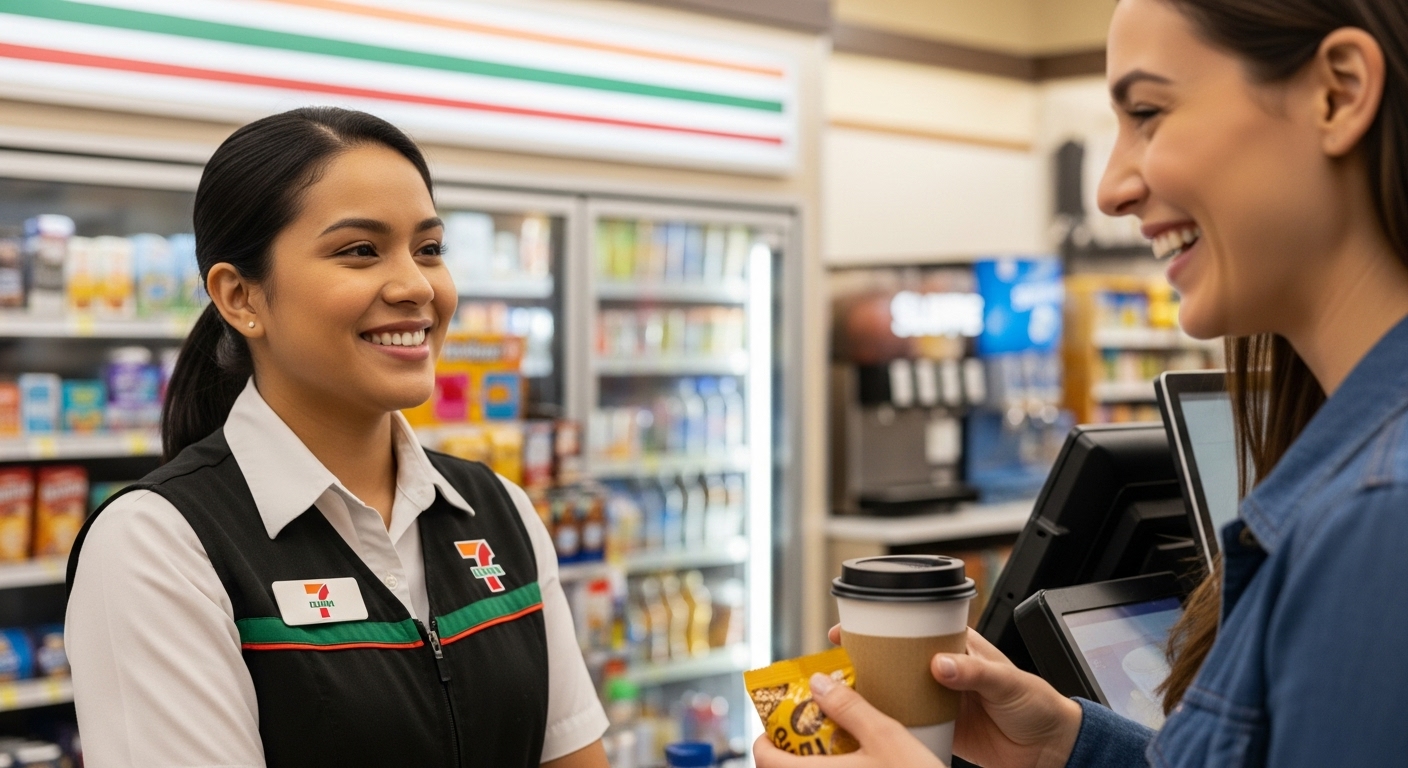5 Examples of Loyalty Programs Using Gamification
.png)
Gamification, incorporating game-like elements into non-game contexts, has revolutionized how businesses engage with customers. A recent study by Snipp Interactive found that incorporating gamification into loyalty programs led to a 47% increase in engagement.
What makes gamification particularly compelling is its ability to create a win-win scenario. Customers are incentivized to participate more actively, striving to accomplish specific goals or earn rewards, while businesses benefit from increased customer retention and satisfaction.
As we delve into gamification, we’ll explore real-life examples of businesses that have harnessed their potential to achieve impressive results. These businesses have seen increased customer engagement strengthened their brand presence and cultivated loyal followings.
In our previous article, we discussed the importance of gamification and its relevance in today’s competitive business landscape. By understanding the psychology of gamification, businesses can strategically enhance their customer experience. Let’s explore some examples of gamification in loyalty programs and see who’s doing it best.
Examples of Loyalty & Rewards Programs Using Gamification
Samsung

Samsung’s Learn & Earn program, developed by Stamp Loyalty, offers incentives and rewards to Retail Sales People (RSPs) for their active participation in training events and for retaining knowledge. This strategy enhances RSPs' knowledge, thereby equipping them to boost product sales.
This innovative platform simplifies the management of Samsung's training events by efficiently tracking knowledge retention, recognizing learning accomplishments, and evaluating trainer effectiveness.

To confirm attendance at in-person training sessions, RSPs utilize their unique membership QR codes through the RSP app, which trainers then scan with the Trainer app. This process seamlessly credits points to the RSPs' accounts.
To inject excitement and engage RSPs further, Samsung sends out Scratch & Win games from its educational curriculum three hours after training events. These games serve as a timely and captivating means to reinforce key takeaways.
In this skill-based game, RSPs must 'scratch' their way to the correct answer to claim their prize. This adds an exciting twist to conventional post-training quizzes, allowing RSPs to earn additional points, monetary vouchers, or raffle tickets.
While learning may not always be captivating for many employees, Samsung's Learn & Earn program sets an excellent example of making learning interactive and enjoyable. It also stands as a remarkable example of gamification within a rewards program.
Learn more about Samsung’s Learn and Earn program here.
Fitbit

Fitbit, a leading brand in the fitness wearables industry, has successfully incorporated gamification into its loyalty program, turning fitness into an engaging and competitive adventure. Fitbit’s approach taps into users’ intrinsic motivation to stay active and healthy by transforming daily steps, heart rate, and sleep tracking into game-like challenges.
One of Fitbit’s standout features is its daily step goals, which encourage users to take more steps each day. Fitbit users can set these goals and compete with friends or other Fitbit users to see who can achieve the most steps. This competitive element fosters a sense of accomplishment and encourages users to stay active consistently.
As well as this, Fitbit offers badges and achievements for reaching specific milestones, like walking a certain number of miles or climbing flights of stairs. These virtual rewards not only recognize users’ achievements but also motivate them to keep pushing their limits.
This example of gamification in a loyalty program shows how Fitbit has transformed the often solitary and repetitive task of fitness tracking into an exciting and communal experience. As a result, users are more likely to stick with their fitness goals and continue using Fitbit’s products, fostering loyalty and long-term engagement.
Xbox Live Rewards

Xbox Live Rewards is a prime example of gamification in a loyalty program, and how it can be seamlessly integrated, especially in the gaming industry. Microsoft’s Xbox Live Rewards program takes the excitement of gaming and extends it beyond the console by offering players a gamified loyalty experience.
The program encourages gamers to earn rewards by completing various in-game challenges, purchasing on the Xbox Store, and participating in surveys and quizzes. These actions earn users “MyVIP” points, which can then be redeemed for discounts, exclusive content, or even cashback.
One of the program’s standout features is its monthly Gamerscore leaderboard. Gamers compete with friends and other Xbox Live Rewards members to earn the highest Gamerscore, which reflects their in-game achievements. This leaderboard not only promotes healthy competition but also drives players to explore more games and unlock achievements, deepening their engagement with the Xbox platform.
KFC

KFC is a great example of gamification in a loyalty program, which has added a flavorful twist, making every visit a delightful experience. KFC Rewards loyalty program is a testament to how gamification can turn a simple meal into an engaging adventure.
One exceptional feature of KFC Rewards is the Arcade, which works exclusively via the KFC app. For every order over a certain amount, members can scan their QR code before purchasing or making an order via the KFC app. When they do, they receive an in-app invitation to play a minigame via a Push Notification or on the KFC app homepage.
KFC also uses gamification to surprise and delight its customers. They often launch limited-time challenges, like “Secret Recipe Revealed” quizzes, where members can earn additional stamps or bonuses by participating. These surprise challenges create a sense of anticipation and excitement among customers.
Starbucks

Starbucks has brewed up a winning recipe for customer loyalty by infusing gamification into its renowned Starbucks Rewards program.
In this example of gamification in a loyalty program, the Starbucks Rewards program revolves around the accumulation of “Stars” for each purchase made at Starbucks. The gamification element comes into play as customers strive to earn enough stars to unlock different membership levels, each offering increasingly attractive perks.
This tiered approach provides customers with a clear path to progress, motivating them to frequent Starbucks more often to reach the next level.
Starbucks also keeps customers engaged through personalized challenges and offers. These challenges encourage customers to explore new menu items, visit Starbucks at specific times, or order in certain ways while earning bonus Stars. This not only drives sales but creates a sense of achievement.
Conclusion
In today’s dynamic business loyalty landscape, gamification has emerged as a powerful tool, bridging the gap between businesses and their customers. This article explored five remarkable examples of gamification in loyalty programs which has transformed loyalty initiatives into engaging experiences. From Fitbit’s fitness challenges to KFC’s Chicken Stampede game, these businesses have harnessed gamification’s potential to boost customer engagement and retention.

.png)
.png)


.jpg)
.webp)